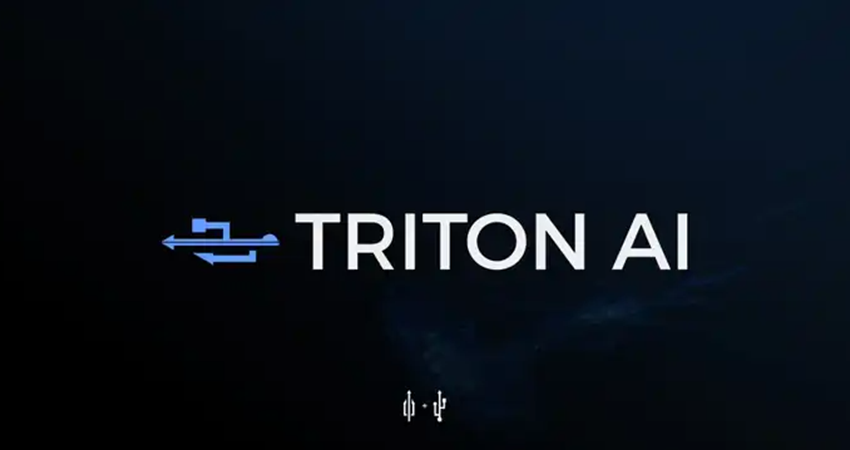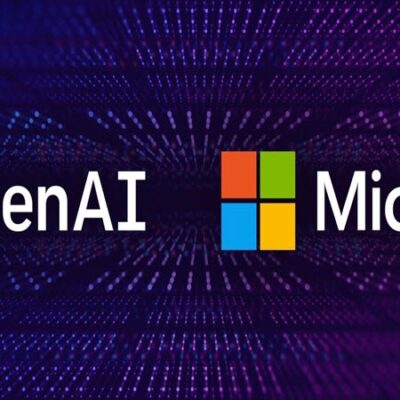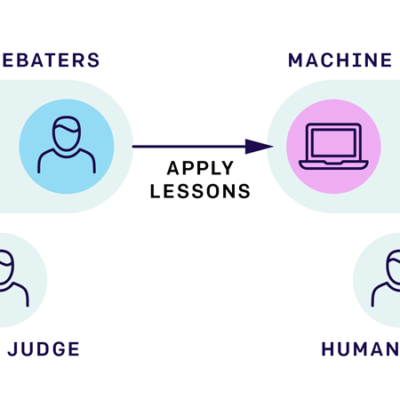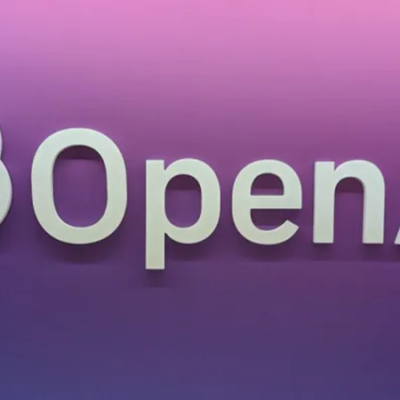Introducing Triton: Open-Source GPU Programming for Neural Networks
March 23, 2022We’re releasing Triton 1.0, an open-source Python-like programming language which enables researchers with no CUDA experience to write highly efficient GPU code—most of the time on par with what an expert would be able to produce. Triton makes it possible to reach peak hardware performance with relatively little effort; for example, it can be used to write FP16 matrix multiplication kernels that match the performance of cuBLAS—something that many GPU programmers can’t do—in under 25 lines of code. Our researchers have already used it to produce kernels that are up to 2x more efficient than equivalent Torch implementations, and we’re excited to work with the community to make GPU programming more accessible to everyone.
novel research ideas in the field of Deep Learning are generally implemented using a combination of native framework operators. While convenient, this approach often requires the creation (and/or movement) of many temporary tensors, which can hurt the performance of neural networks at scale. These issues can be mitigated by writing specialized GPU kernels, but doing so can be surprisingly difficult due to the many intricacies of GPU programming.123 And, although a variety of systems have recently emerged45 to make this process easier, we have found them to be either too verbose, lack flexibility or generate code noticeably slower than our hand-tuned baselines. This has led us to extend and improve Triton6, a recent language and compiler whose original creator now works at OpenAI.
The Challenges of GPU Programming
The architecture of modern GPUs can be roughly divided into three major components—DRAM, SRAM and ALUs—each of which must be considered when optimizing CUDA code:
- Memory transfers from DRAM must be coalesced into large transactions to leverage the large bus width of modern memory interfaces.
- Data must be manually stashed to SRAM prior to being re-used, and managed so as to minimize shared memory bank conflicts upon retrieval.
- Computations must be partitioned and scheduled carefully, both across and within Streaming Multiprocessors (SMs), so as to promote instruction/thread-level parallelism and leverage special-purpose ALUs (e.g., tensor cores).
Reasoning about all these factors can be challenging, even for seasoned CUDA programmers with many years of experience. The purpose of Triton is to fully automate these optimizations, so that developers can better focus on the high-level logic of their parallel code. Triton aims to be broadly applicable, and therefore does not automatically schedule work across SMs — leaving some important algorithmic considerations (e.g. tiling, inter-SM synchronization) to the discretion of developers.










